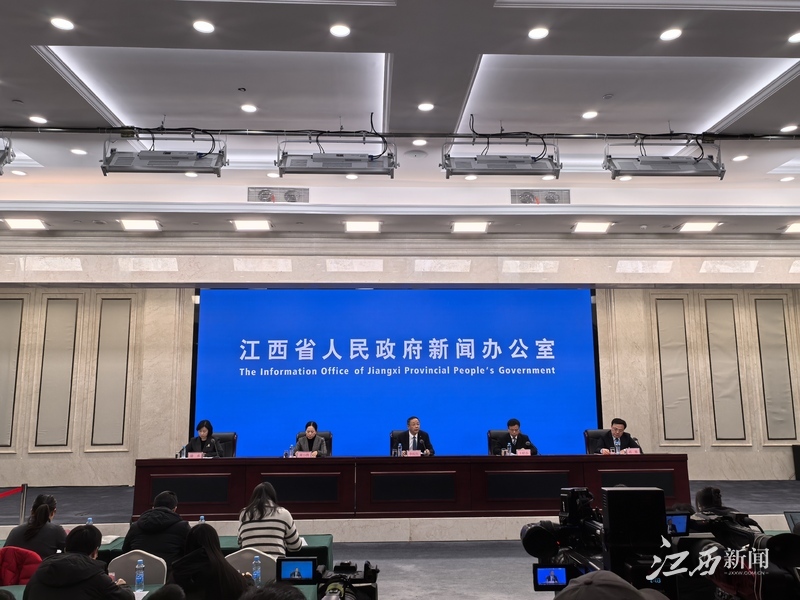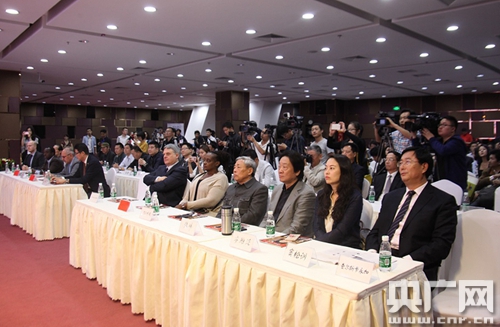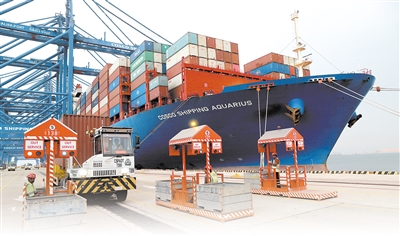Do You Know What Routes Are Available On The Modern Silk Road?
Do You Know What Routes Are Available On The Modern Silk Road?
Thank you for your attention and continue to improve your reading experience! If the ancient Silk Road is compared to the "slow cross-border postman with camel bells", then the modern Silk Road is "a global logistics group with sea, land and air in a living manner." Now it is no longer a single business road
Thank you for your attention and continue to improve your reading experience!
If the ancient Silk Road is compared to the "slow cross-border postman with camel bells", then the modern Silk Road is "a global logistics group with sea, land and air in a living manner." Now it is no longer a single trade route, but has become a "economic network" that can transport goods, transport energy, and bring closer. Let's take a look at the "line password" of this network today.
1. The "Iron Camel Fleet Special Line" on land.
The central line is the most lively "China-Europe Express Main Road". Starting from Xi'an, it passes west through Xinjiang, drills into Central Asian countries such as Kazakhstan and Uzbekistan, then passes by Iran and Turkey, and finally plunges into Europe, and the end can reach Paris. In the past, it took two months to ship electronic products from China to Germany. Now this trip is 45 days away, which is equivalent to compressing the distance from the Terracotta Warriors to the Rhine River into the time limit for "cross-city express".

China-Europe Express route map
The northern line is the "energy supply line". It starts from Beijing, enters Russia through Mongolia, and then extends to Nordic countries such as Germany. Siberia's oil and gas are continuously transported to China through this pipeline, such as installing "ultra-long energy straws" to our factories, and no longer relying on far-sea transportation to "sweep your appetite".
The southern line is a "China-Pakistan shortcut" - the China-Pakistan Economic Corridor, starting from Kashgar in the north and reaching the Gwadar Port in Pakistan in the south. The 3,000-kilometer highway and railway network allows western China to directly open up the "omen of the Arabian Sea". In the past, local fishermen made a living by fishing, but now they have become container terminal operators, with their monthly income increasing tenfold, which is a complete "Silk Road Changes Life".
2. The "Blue Freight Network" at sea.
The Southeast Asian Line starts from Quanzhou and connects ASEAN countries such as Vietnam, Malaysia, and Indonesia. Electronic products from the Yangtze River Delta are shipped to the Kuala Lumpur Shopping Mall, and durian and rubber from Southeast Asia are delivered to the Chinese market, and they are busy in both directions. After the Jakarta-Bandung high-speed railway is opened, the time for Jakarta to reach Bandung has been reduced from 3 hours to 46 minutes. Indonesians are now taking fresh mangoes on high-speed railway business trips, so they don’t have to worry about the fruits becoming ripe halfway. The attendance rate of this line is more than 99% year-on-year, which is simply a "mobile fruit express train."

Jakarta-Bandung High-speed Railway Line Map
The South Asian Line is eyeing the "energy shortcuts", with the Port of Colombo in Sri Lanka and the Port of Gwadar in Pakistan being key nodes. After the construction of three 20,000-ton berths at Gwadar Port, the Persian Gulf oil can no longer be "circled" around the Strait of Malacca and can be directly sent to northwest China, which is equivalent to "opening a shortcut" for oil transportation. The African line can reach Leki Deepwater Port in Nigeria, the largest deepwater port in West Africa, which has reduced local logistics costs by 30%. The railway built by China is transporting Zambia's copper mines here, and it can directly reach China by loading ships. The distance between "African minerals" and "Chinese factories" has become much closer. The farthest European line ends with Piraeus Port in Greece. After Chinese companies took over, this century-old port has gone from a "cold wharf" to the port with the largest throughput in the Mediterranean, becoming the "oriental gateway to Europe."
These routes connect more than 60 countries, each of which has its own "Silk Road Role": Mongolia's beef and mutton enter China through the Erlianhot port, becoming the "grassland flavor" on our dining table; the five Central Asian countries are "energy food dual supply", Kazakhstan's oil and gas and Uzbekistan's raisins, followed the China-Europe freight train to Xi'an; Iran and Turkey are both "old stations" of the ancient Silk Road, but now they have become logistics "transfer stations"; 16 Central and Eastern European countries have become "bridgeheads" for Chinese automobiles and home appliances to enter Europe. At the Rhodes Station in Poland, you can often see containers printed with "Made in Chongqing", like a group of "Chinese specialty salesmen" rooted in Europe.

Persian beauty
For China, the New Silk Road is more than just "selling more batches of goods". Economically, the China-Europe freight trains have transformed the western inland from "open end" to "frontier positions", and the logistics cost from Chongqing to Europe has been reduced by 40%. In the past, western factories had to transport freight to the coast first, but now "international express delivery" can be sent at their doorstep. In terms of energy security, the China-Pakistan Economic Corridor shortened the imported oil route by 8,500 kilometers, which is equivalent to wandering around half of the earth. There is no need to worry about "maritime transportation output faults". In terms of industrial upgrading, the Jakarta-Bandung High-speed Railway has trained more than 400 Indonesian technicians. We not only sold the high-speed railway, but also exported the "Chinese standards". In the future, we will build high-speed railways abroad, which is equivalent to having a "local guide".
What’s more interesting is “civilization brings closer”: Indonesian youth operate the Chinese interface in the Jakarta-Bandung high-speed rail control room, Pakistani engineers mark railway drawings in Chinese, Greek dock workers can call out the names of each Chinese freighter—these small things are more realistic than any publicity. As the old workers in Piraeus Port said: "The Chinese not only brought cranes, but also the magic to make the port 'live'."

The Port of Piraeus in Greece is a shocking counterattack
The modern Silk Road is no longer a "one-way sales", but an "economic chorus" set up by all countries. This "upgrade road" that spans thousands of years is not only loaded with goods, but also the cooperation and excitement of different countries, making more and more countries want to "join this circle of friends" and achieve a well-off life.
Thank you for your attention and likes, and continue to improve your reading experience!





